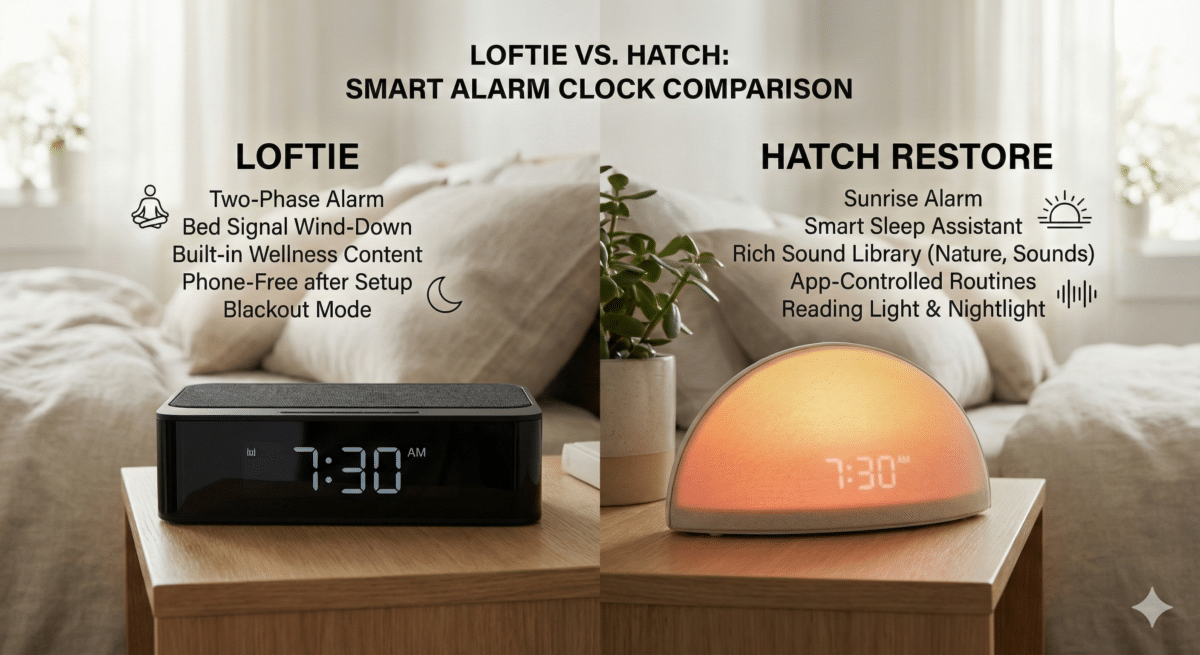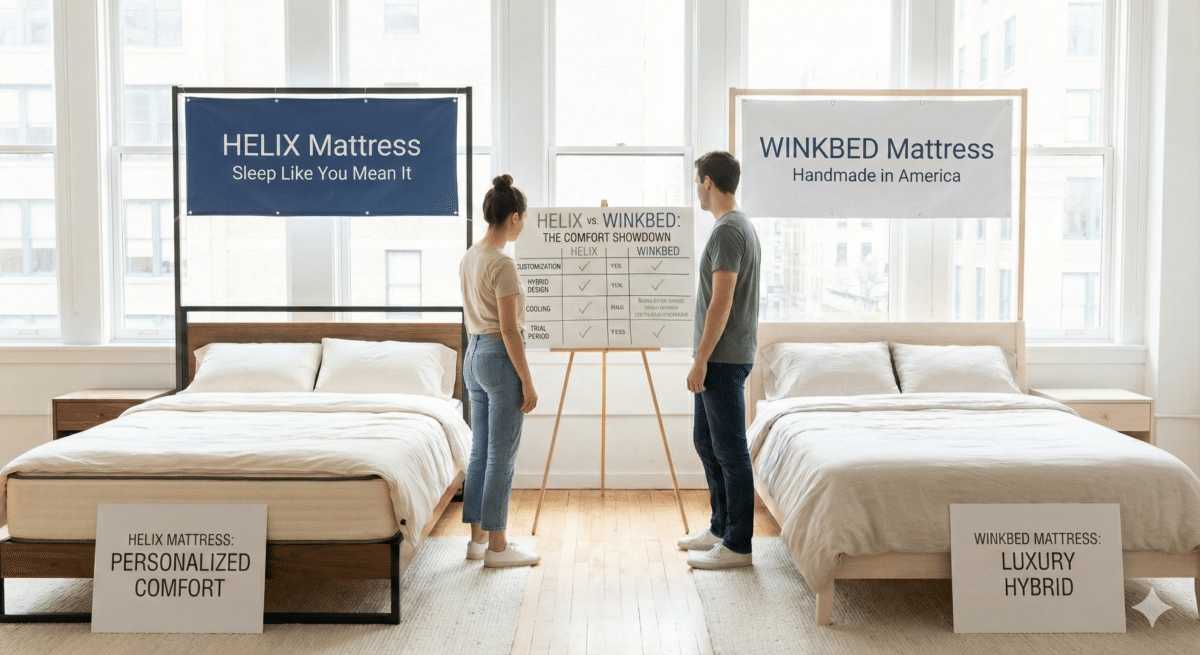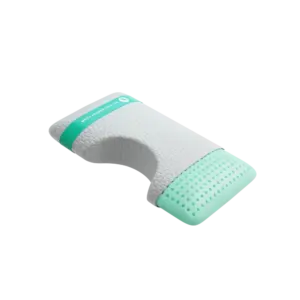How to Use Frequencies to Control Dreams the Right Way
Why Frequencies Matter for Dream Control
The ability to use frequencies to control dreams offers a transformative gateway to enhance your sleep and delve into the fascinating realm of lucid dreaming. By utilizing specific auditory frequencies, you can not only improve the quality of your sleep but also unlock the potential for conscious dream awareness. Here’s a quick guide to get you started:
1. Choose the Right Frequencies: Focus on theta waves (4–8 Hz) and delta waves (0–4 Hz) to effectively facilitate lucid dreaming.
2. Ideal Listening Times: Incorporate binaural beats into your routine before bedtime or during short naps, in a tranquil environment.
3. Combine Techniques: Enhance your experience by maintaining a dream journal and performing reality checks, both crucial for boosting dream recall and control.
Lucid dreaming is a captivating state where the dreamer realizes they are dreaming and can even steer the narrative of their dreams. This is achievable through brainwave entrainment methods, which leverage specific frequencies to shift brain states. Research supports that theta and delta tones can help initiate a conducive dream state, enriching both sleep quality and awareness. However, it’s vital to set optimal conditions to fully experience these advantages.
The Intrigue of Lucid Dreaming
Lucid dreaming is a remarkable phenomenon, wherein the dreamer maintains a level of awareness that allows them to manipulate their dream environment. Imagine soaring through the skies or reliving joyful memories—all while being aware of the dream state.
What Happens During REM Sleep?
Lucid dreaming primarily occurs during Rapid Eye Movement (REM) sleep, a critical phase characterized by heightened brain activity, eye movements, and vivid imagery. This stage is essential for cognitive functions like memory consolidation and emotional balance.
Expanding Your Control: Awareness and Manipulation
In lucid dreams, individuals can vary in their level of control. Some may recognize they are dreaming but find it challenging to alter the dream’s course, while others can actively influence elements like settings or actions. The thrill of this control makes lucid dreaming an empowering pursuit.
Research from scientists such as Ursula Voss has unveiled that inducing gamma waves during REM can lead to enhanced awareness within dreams. Participants in her studies reported not only recognizing their dream states but also manipulating scenarios, further demonstrating the interplay of brainwaves and dream control.
The Science Behind Dream Control with Frequencies
Understanding Binaural Beats
Binaural beats create an auditory illusion when two slightly different frequencies are delivered to each ear. Your brain then interprets a third tone, which is the difference between the two frequencies. For instance, if a 200 Hz sound is played in one ear and 210 Hz in the other, your brain perceives a 10 Hz beat. This phenomenon effectively guides your brainwaves into specific states suitable for relaxation, focus, or even lucid dreaming.
How Frequencies Facilitate Dream Control
Theta and Delta Waves Explained
To harness the power of dream control, focus on these two primary wave frequencies:
– Theta Waves (4-8 Hz): Associated with deep relaxation, creativity, and early sleep stages, these frequencies prime your brain for entering lucid dream states.
– Delta Waves (0.5-4 Hz): These deeper waves correspond to restorative sleep. While not typically linked with lucid dreaming, they are crucial for overall sleep quality.
Practical Steps to Use Frequencies Successfully
Choosing Your Frequencies
To achieve dream control through frequencies, start with binaural beats in the theta range (4-8 Hz) to enhance relaxation and creativity—essential components for lucid dreaming.
Setting the Perfect Environment
Your environment significantly influences the effectiveness of binaural beats. Here are some tips:
– Use Stereo Headphones: Essential for proper frequency delivery to each ear.
– Create a Quiet Space: Eliminate distractions for better focus during your listening session.
– Ensure Comfort: A supportive mattress and a climate-controlled room enhance relaxation and sensory isolation.
Integrating Techniques for Enhanced Results
While binaural beats are essential, combining them with other techniques can amplify your lucid dreaming potential:
– Reality Checks: Perform checks throughout the day to cultivate awareness that carries over into your dreaming state.
– Dream Journals: Recording your dreams can improve recall and encourage lucid dreaming.
– Mnemonic Induction (MILD): Repeating a phrase before sleep, such as “I will become aware in my dreams,” can set the stage for success.
– Wake Back To Bed (WBTB): This technique involves waking after 4-6 hours of sleep and returning to sleep while listening to binaural beats, enhancing the likelihood of dreaming consciously.
Experimentation and Adaptation
Exploring Different Tracks
Tailoring your binaural experience requires experimentation. Here are some strategies:
– Try Free Resources: Platforms like YouTube are rich sources for binaural beats aimed at lucid dreaming.
– Curated Playlists: Explore playlists designed for relaxation and sleep improvement on streaming services like Spotify.
– Custom Mixes: Creating a personalized playlist can help you tune in to frequencies that resonate with your needs.
Utilizing Suggestive Programming
Integrating verbal affirmations can significantly enhance your experience:
– Reinforce Your Intentions: Use affirmations like “I will control my dreams” before sleep to embed your goal in your subconscious.
– Daily Awareness: Consistently remind yourself to acknowledge your surroundings to increase awareness within your dream state.
Conclusion: Unlocking the Door to Dream Control
At Yawnder, we aim to empower your sleep journey through tailored strategies and quality sleep accessories. Combining frequencies with the right techniques is vital for achieving dream control. By enriching your sleep quality, you increase your chances for enchanting lucid dreams.
The right environment, such as a supportive mattress and high-quality bedding, plays a crucial role in your sleep experience. By applying these expert tips and integrating effective techniques, you’ll rapidly improve your ability to use frequencies to control dreams and awaken refreshed and invigorated. Embrace this captivating journey toward enhanced dreaming and better sleep tonight!


















